White Nights at the International Watercolour Festival "Colors of Armenia"
At the end of September 2024 we took part in a wonderful event held in the ancient Armenian city of Gyumri. The festival was attended by 14 masters of watercolour painting from 13 countries. Amidst cosy cobbled streets, ancient stone buildings made of black, yellow and red tuff stone, a natural stone mined here in Armenia, as well as openwork art forging and amazingly fine wood carving, there were fascinating master classes, plein air painting sessions and meetings with wonderful artists:
Alvaro Castagnet (Uruguay), Yuko Nagayama (Japan), Liu Yi (China), Michael Solovyev (Canada), Eudes Correia (Brazil), Nicolas Lopez (Peru), Sergiy Lysiy (Lithuania, Ukraine), Massimiliano Locco (Italy), Peto Poghosyan (Armenia), Prafull Sawant (India), Ilya Ibryaev (Russia), Nader Mohazabnia (Iran), Viktoria Prischedko (Germany), Slava Prischedko (Germany) and our guest Elena Bazanova (Russia).
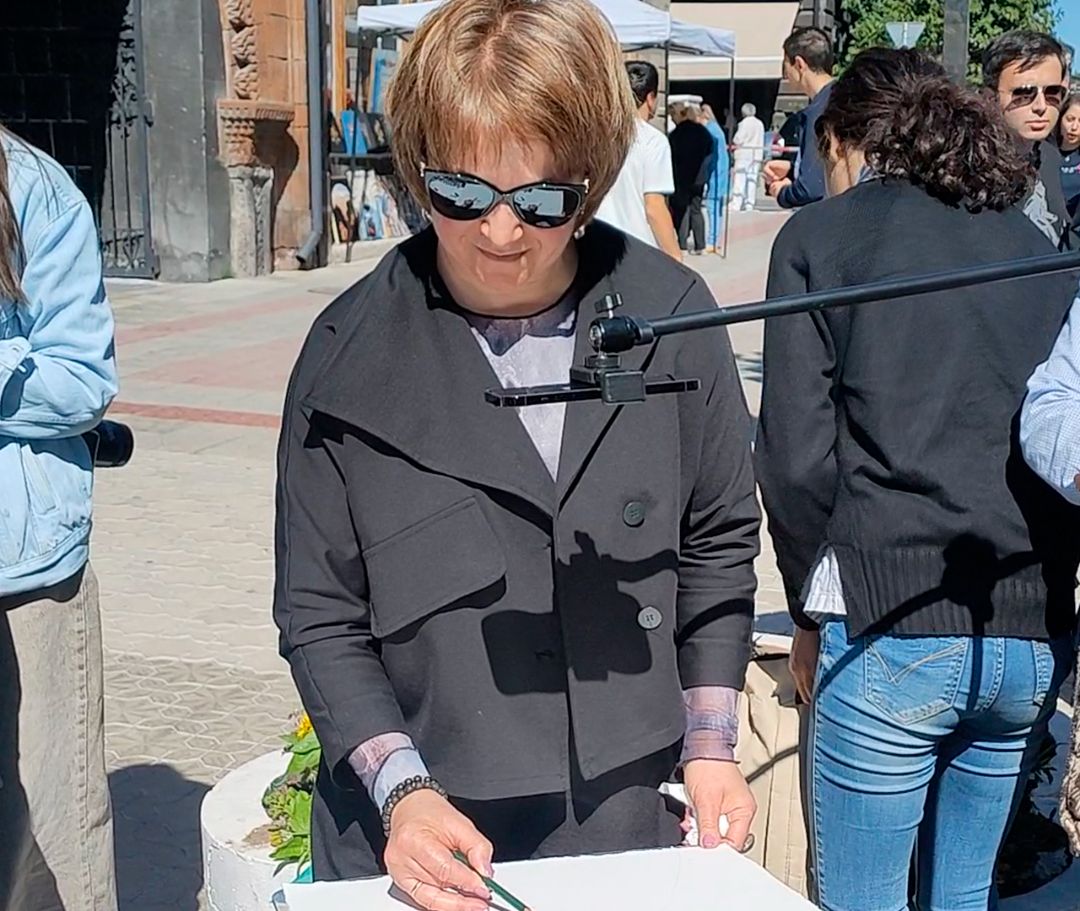
Elena Bazanova

Ilya Ibryaev
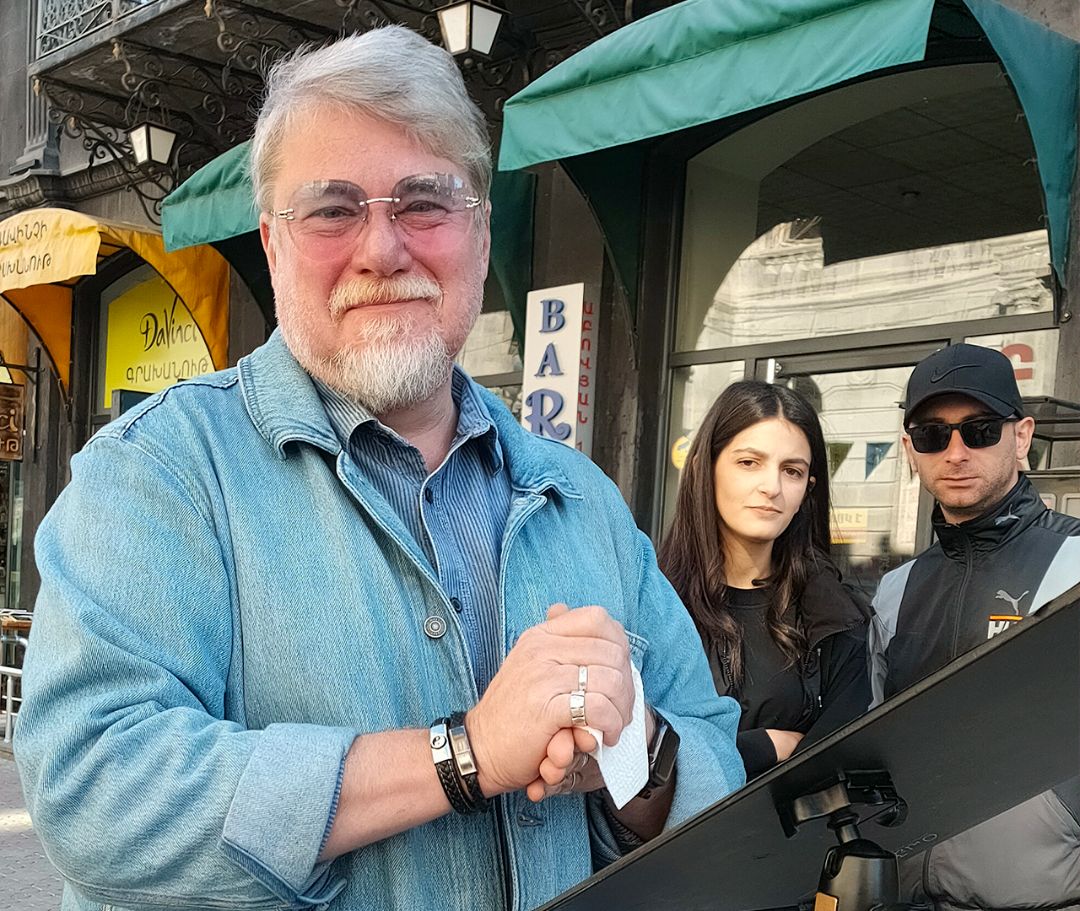
Michael Solovyev

Elena Bazanova &Alvaro Castagnet

Nader Mohazabnia

Nader Mohazabnia

Ilya Ibryaev

Ilya Ibryaev
For two days, Khachatur Abovyan's pedestrian street with its beautiful historical facades turned into a centre of attraction for festival participants, residents and visitors. From early morning, the street was alive with artists appearing and getting to work (thanks to the marvellous architecture, there were plenty of subjects for sketches just by turning your head). A lot of spectators watched the process, talked and joked with the masters, the work was fast and fun. The warm, open atmosphere of the festival helped in communication, despite the language barrier, everyone understood each other perfectly. A little further down the street were pavilions of producers of art materials, where you could test paints, brushes and paper, learn about innovations and news in the industry. There was also a pavilion with art materials from Nevskaya Palitra, represented by our friends and partners in Armenia, Rossia art shop. We were very pleased when Elena agreed to come with us to the festival in this wonderful city and give two demonstration masterclasses.
The first day. Flowers in violet & purple shades
Elena Bazanova tells.

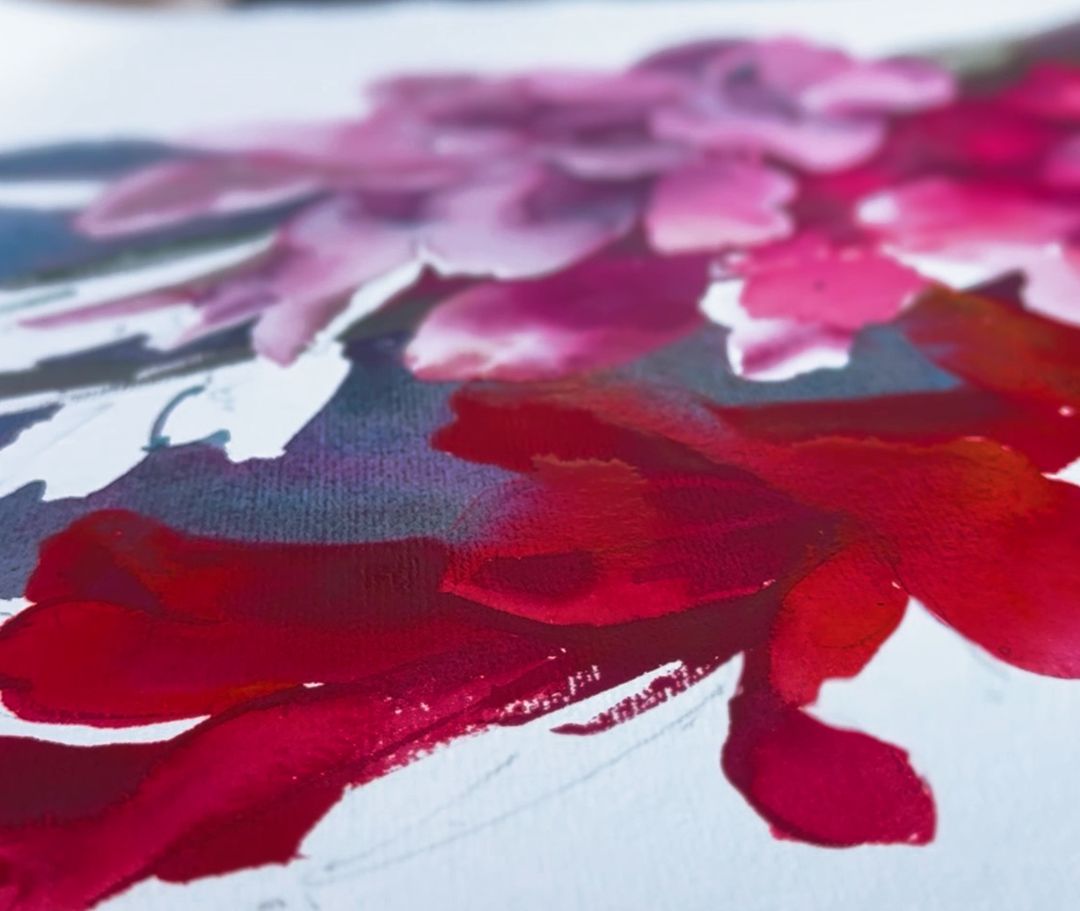

For the palette I chose 9 colours: 1. 271. Nickel Titanat Yellow (P.Y.53 *** ■△), 2. 399. Pyrrol Orange (P.O.73 *** ◨◮), 3. 368. Neon Pink (P.R.122, fluor. * ■◮), 4. 398. Purple Mist (P.G.50, P.V.19 *** ◨△ G), 5. 763. Yellowish Green Mist (P.B.35, P.Y.3 *** ◨◮ G), 6. 765. Cobalt Titanat Green (P.G.50 *** ■△ G), 7. 561. Turquoise-Rose Mist (P.B.29, P.R.264 *** ◨◮ G), 8. 595. Sea Mist (P.G.50, P.B.15:3 *** ◨◮ G), 9. 832. Grey-Pink Mist (P.B.29, P.G.7, P.R.187 *** ◨◮ G)


Pink flowers

Light pink and purple flowers

Red flowers -2

Red flowers

Background

Cold green

Warm green
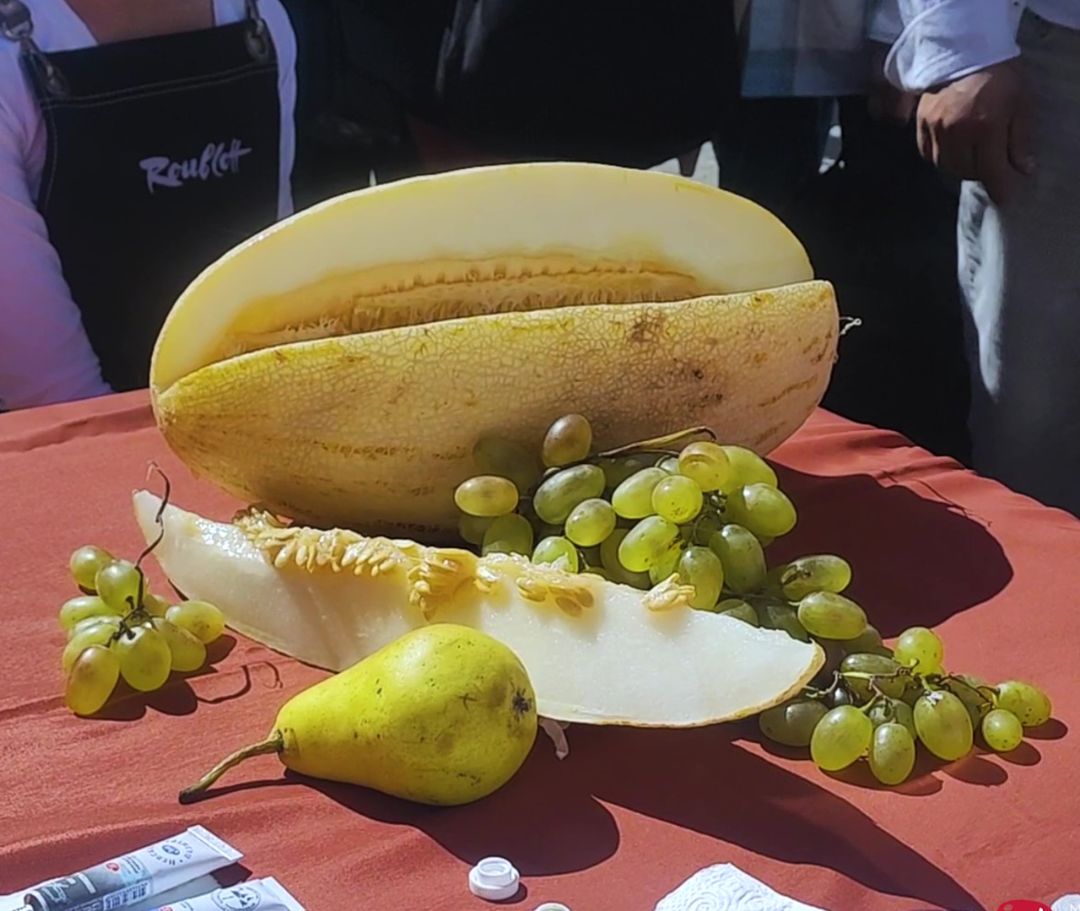


For the palette I chose 11 colours: 1. 271. Nickel Titanat Yellow (P.Y.53 *** ■△), 2. 270. Yellow Iron Oxide (P.Y.42, *** ◨△), 3. 268. Yellow Tuff (P.Bk.8, P.Y.43 ***□△ G), 4. 399. Pyrrol Orange (P.O.73 *** ◨◮), 5. 398. Purple Mist (P.G.50, P.V.19 *** ◨△ G), 6. 633. Augite Porphyrite (P.R.102 ***□△ G), 7. 386. Red Brown Hematite (P.Br.7 *** □ ▲), 8. 393. Rose Brown (P.Br.25 *** □▲), 9. 763. Yellowish Green Mist (P.B.35, P.Y.3 *** ◨◮ G), 10. 765. Cobalt Titanat Green (P.G.50 *** ■△ G), 11. 524. Indanthrene blue (P.B.60 *** □◮)


Background

Melon peel

Melon pulp

Grape
The palette turned out to be rich, with bright accents and deep textured fills due to granulation. Like Armenia itself, which welcomed us with warmth, wine, sunshine and sincere smiles against the background of its rich history and traditions, which are carefully preserved and passed on from generation to generation. In the evening, we walked around the city, it became winter cold, but passers-by smiled at us, street lamps and windows of numerous restaurants glowed cosily, and the fatigue accumulated during the day was quickly replaced by a good mood.
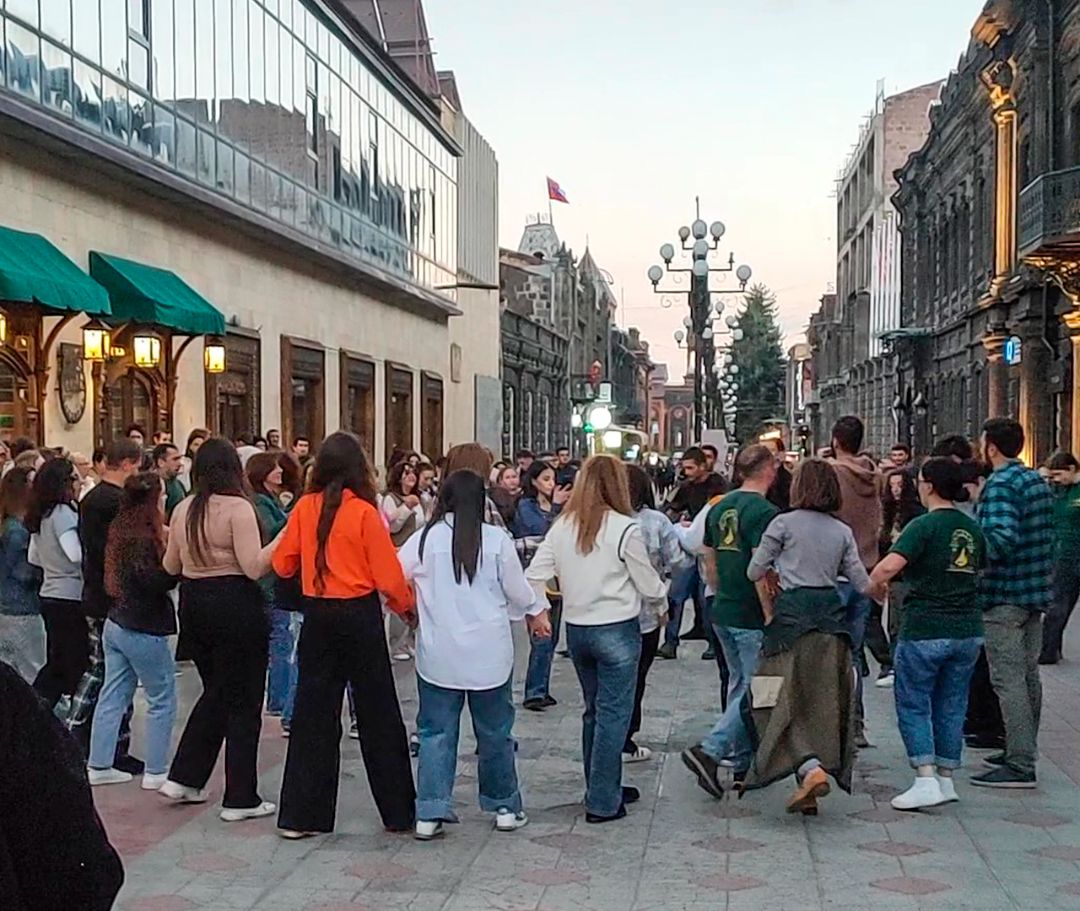

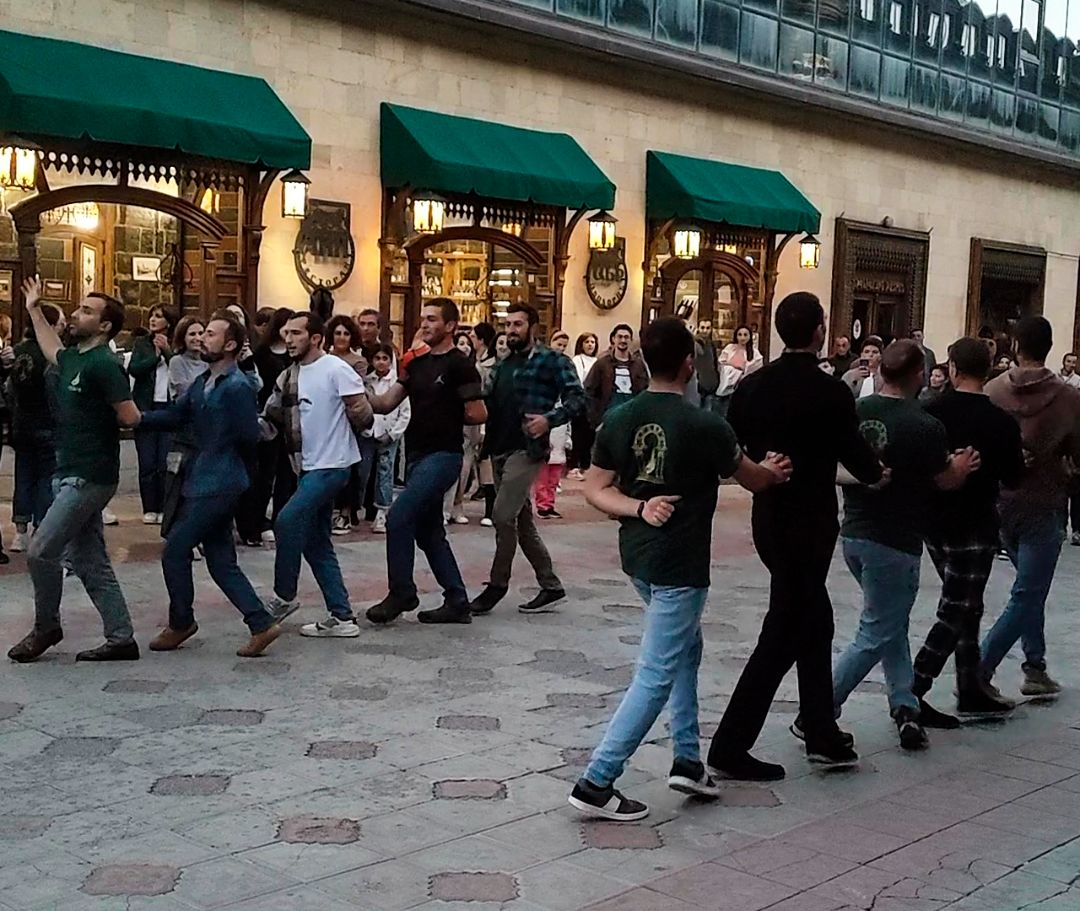
I think this is a wonderful tradition that unites people of different generations, transmits and preserves a unique culture and identity, and simply lifts the spirits of all participants in the process, including the audience. We spent these two days in Gyumri with the feeling that we had come to visit old friends, so hospitable, friendly and open were all the people we met, Armenians are a very kind and cheerful people. The festival gave us a unique opportunity to meet and communicate with amazing masters of watercolour painting, to hold 2 master classes for beginners and to introduce all our guests to ‘White Nights’ watercolours.